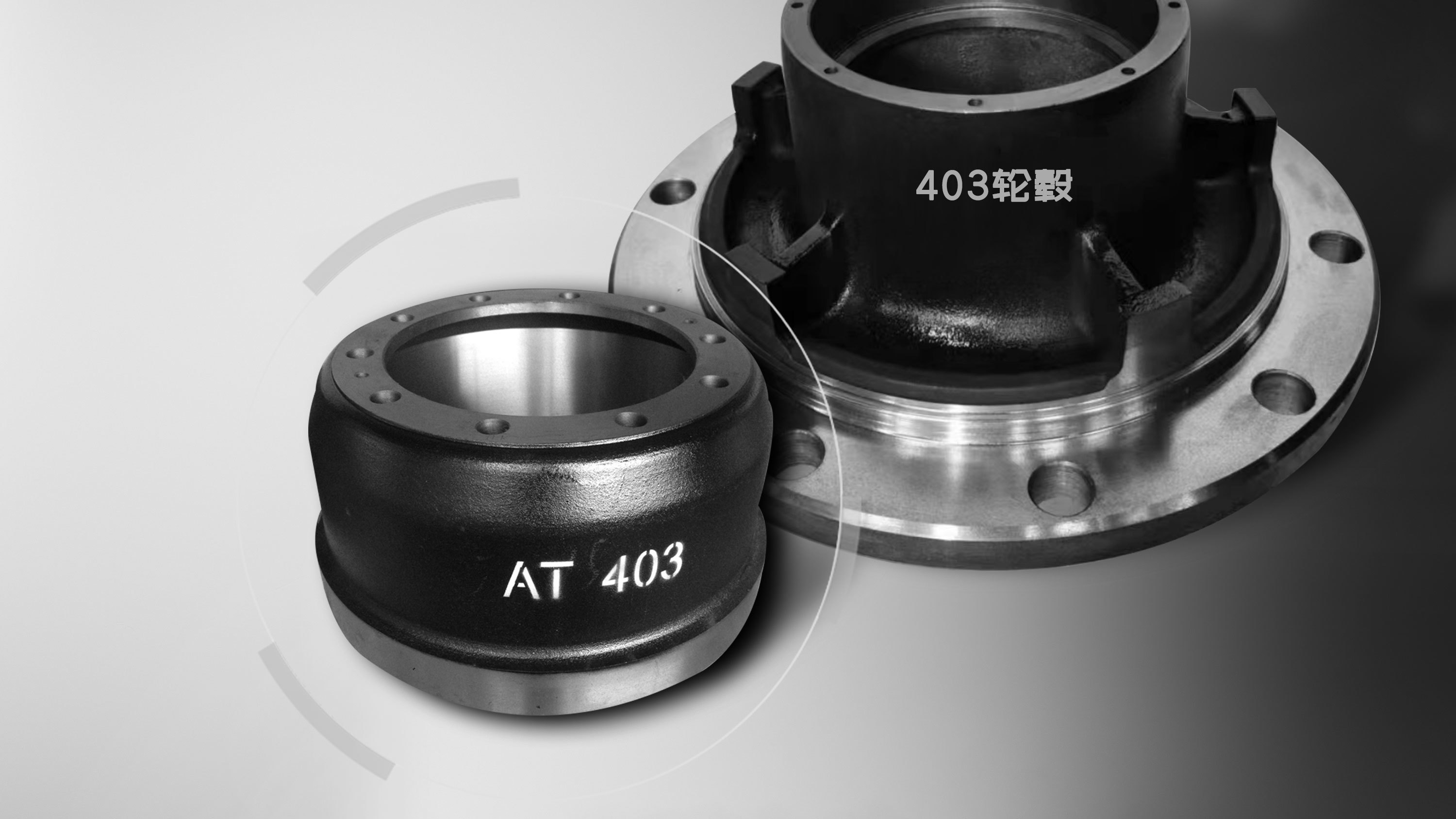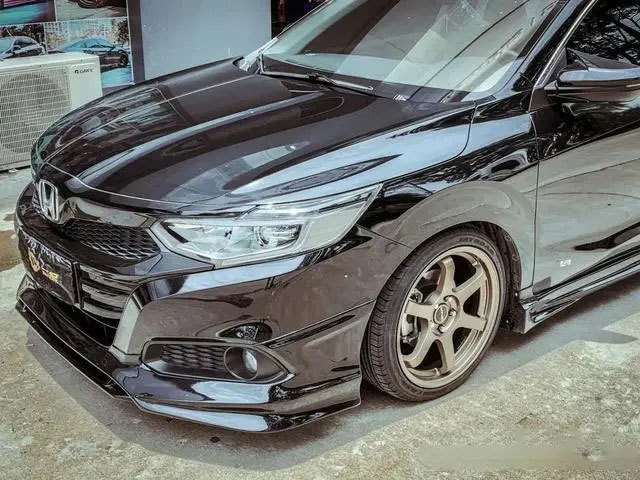Truck brake drum 9 major intractable disease analysis, how many have you encountered?
Time:
Dec 07,2023
Although the national GB7258 motor vehicle safety technical conditions, JT/T1178 operating truck safety technical conditions and a series of mandatory policies are encouraging the promotion of disc brakes.
However, at this stage, drum brakes are still the configuration of more than 90% of medium and heavy truck products in China. As one of the core components of the vehicle brake system, the brake drum is also a wear consumable. When the brake drum is worn to a certain limit, it needs to be replaced. The vast majority of brake drum replacement is due to the expiration of the life of the brake drum replacement. However, some incorrect production, processing, assembly, use, maintenance operations will lead to a variety of difficult and miscellaneous problems of the brake drum, the need for a unified replacement of the brake drum and related parts. Cause a lot of cost waste.
This article will summarize the common brake drum failure state, and a certain degree of brief analysis, to share with you card friends.
* Uniform excessive wear
The brake drum is quickly and evenly worn due to a series of reasons such as large braking resistance, braking imbalance, and dust and impurities entering. At this time, an extremely obvious step ring will be formed at the edge of the brake drum.
* Unusual wear on one side
Sometimes it is found that the inner circular surface of the brake drum has obvious wear marks on one side, while there are no obvious wear marks on the other side.
This is caused by the disconcentricity of the brake drum and the brake. In-depth analysis, because the brake drum and the hub are rigidly connected and rotate coaxially, if there is no abnormal phenomenon in the hub, the possibility of the brake drum and the hub rotating eccentrically at the same time is small.
Then more consideration needs to be given to the installation accuracy of the brake shoe, and a series of parts such as the brake base plate, brake support plate, brake shoe pin, etc. need to be checked one by one.
* Uniform thermal cracking
Due to the heavy vehicle down the slope for a long time, the brake drum heat capacity is insufficient resulting in the formation of uniform and detailed cracks on the friction surface, the cracks will continue to spread, lengthen and deepen. When the length of the crack increases to 30~40mm, it needs to be replaced in time, otherwise it is easy to form serious faults such as brake drum cracking and affect the normal use of the whole vehicle.
* Local hot (black) spots
When the brake drum is unevenly heated, local heat (black) spots may be generated, some neatly cover the entire brake drum friction surface, forming a uniform parallel ring, and some will appear in a larger local area Or form a uniform distribution of small circular spots.
This is mainly due to the uneven wear caused by the material and structural errors of the brake drum. When the above-mentioned spots appear, the brake drum needs to be replaced in time.
* Brake drum groove
Slot refers to the deep nicks or grooves formed on the inner circumferential working surface of the brake drum. When the depth is greater than 2.5mm and the width is greater than 0.8mm, this is due to the abnormal wear of the friction plate causing the rivet to be exposed, and the rivet and other sharp objects Form a pull groove on the inner circumferential working surface of the brake drum. At this time, the brake drum and friction plate need to be replaced at the same time.
* Brake drum hair blue
The working surface of the inner circumference of the brake drum is blue, and the brake drum and brake may have been damaged or deformed. Because the brake drum blue proof of its work in the process of generating a very high temperature. At this time, the relevant parts need to be carefully checked and analyzed, and the failed parts should be completely replaced.
* Brake drum bottom drop
The brake drum and the wheel hub are connected together by a ring of flange bolts (also wheel bolts), and the braking force generated by the brake drum is transmitted to the wheel hub through the flange bolts to limit the rotation of the wheel.
The bottom of the brake drum refers to the disengagement of the circumferential working part (cylinder) and flange part (disc) of the brake drum, resulting in brake failure. The main reason is the improper structure and material factors in the manufacturing process of the brake drum.
* Brake drum bolt holes worn
The brake drum bolt hole is worn, usually because the flange bolts (wheel bolts) are not fully tightened, and the brake drum will have relative movement and impact relative to the wheel hub in the radial and axial directions, resulting in abnormal wear and deformation of the brake drum bolt hole, wheel bolts, wheel hubs and other related parts will also have irreversible serious failures. At this time, all related parts need to be replaced.
* Wheel hub grease contamination
When the hub oil seal fails and the lubricating oil/grease is thrown onto the inner circumferential working surface of the brake drum, the inner working surface is seriously polluted and has not been treated in time. At this time, the lubricating oil/grease will further penetrate into the inner circumferential working surface of the brake drum, and this damage is difficult to reverse, because the oil/grease has actually penetrated into the brake drum.
At this time, the working friction pair formed by the inner surface of the brake drum and the friction plate has been broken, and the safety failure of the whole vehicle is extremely easy to occur, so the brake drum needs to be replaced immediately.
Key words:








